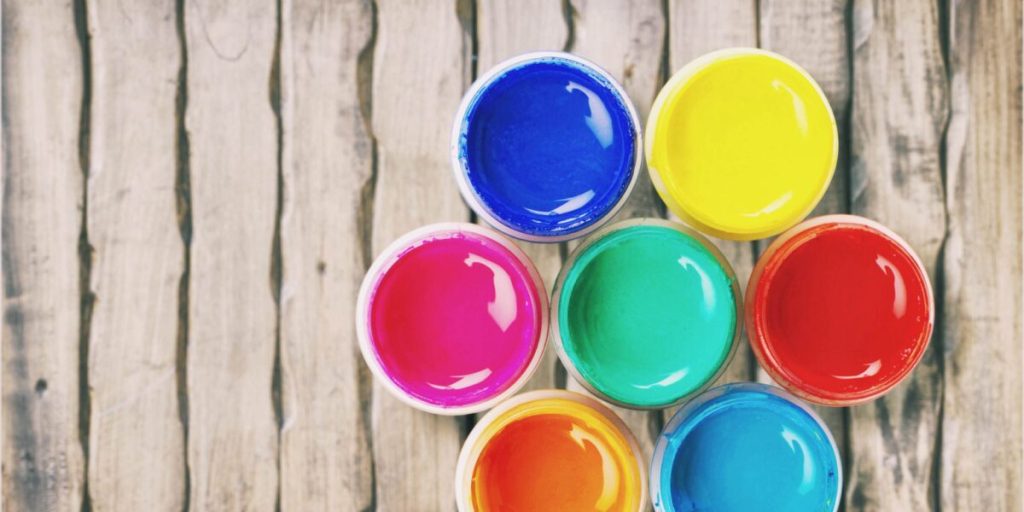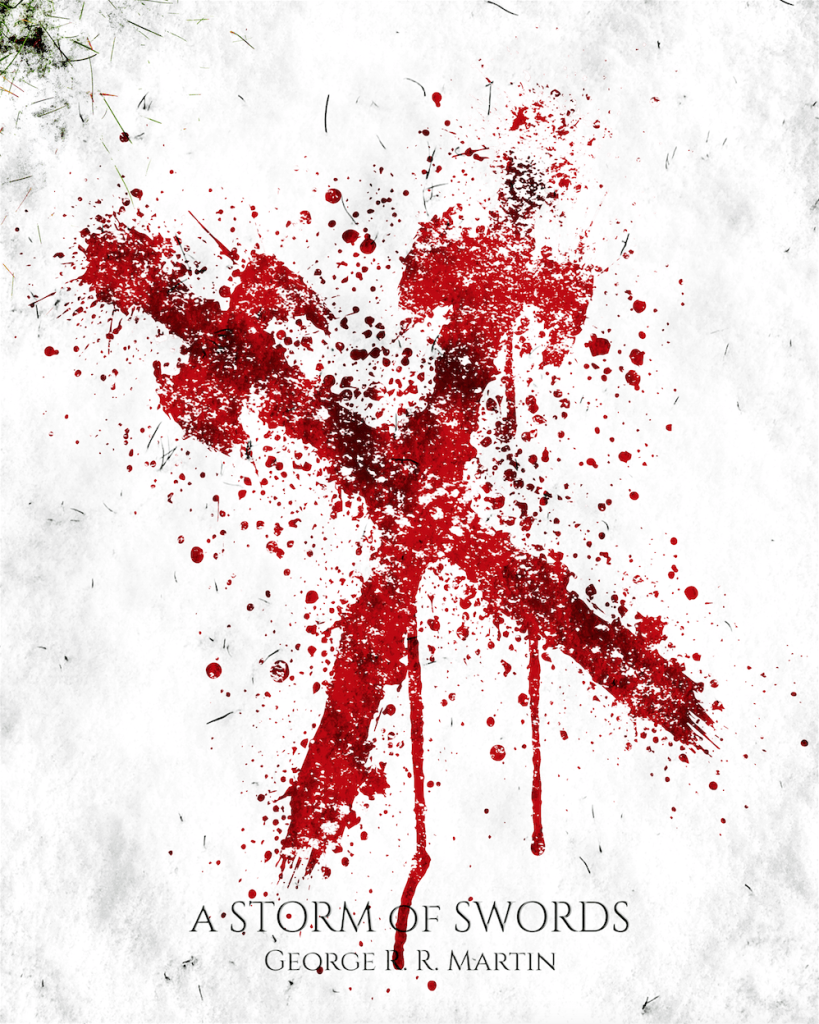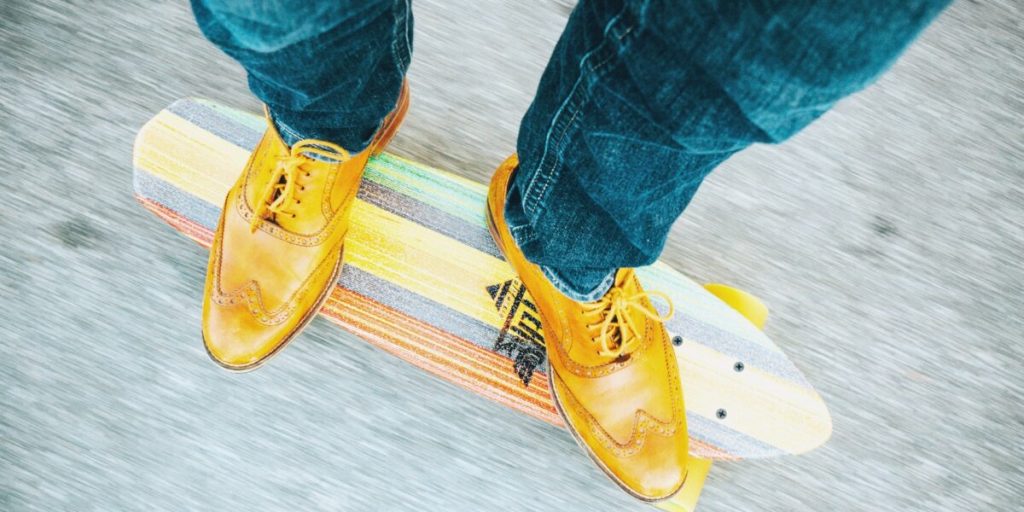How to Make a Logo That’s Worth $211 Million for Your Brand
When thinking about how to make a logo that actually works, one of the most obvious answers is to take notes from the pros. The most expensive logo created in the last decade was gasoline giant British Petroleum’s – also known as BP – logo refresh in 2008. The company partnered with a marketing agency …
How to Make a Logo That’s Worth $211 Million for Your Brand Read More »










